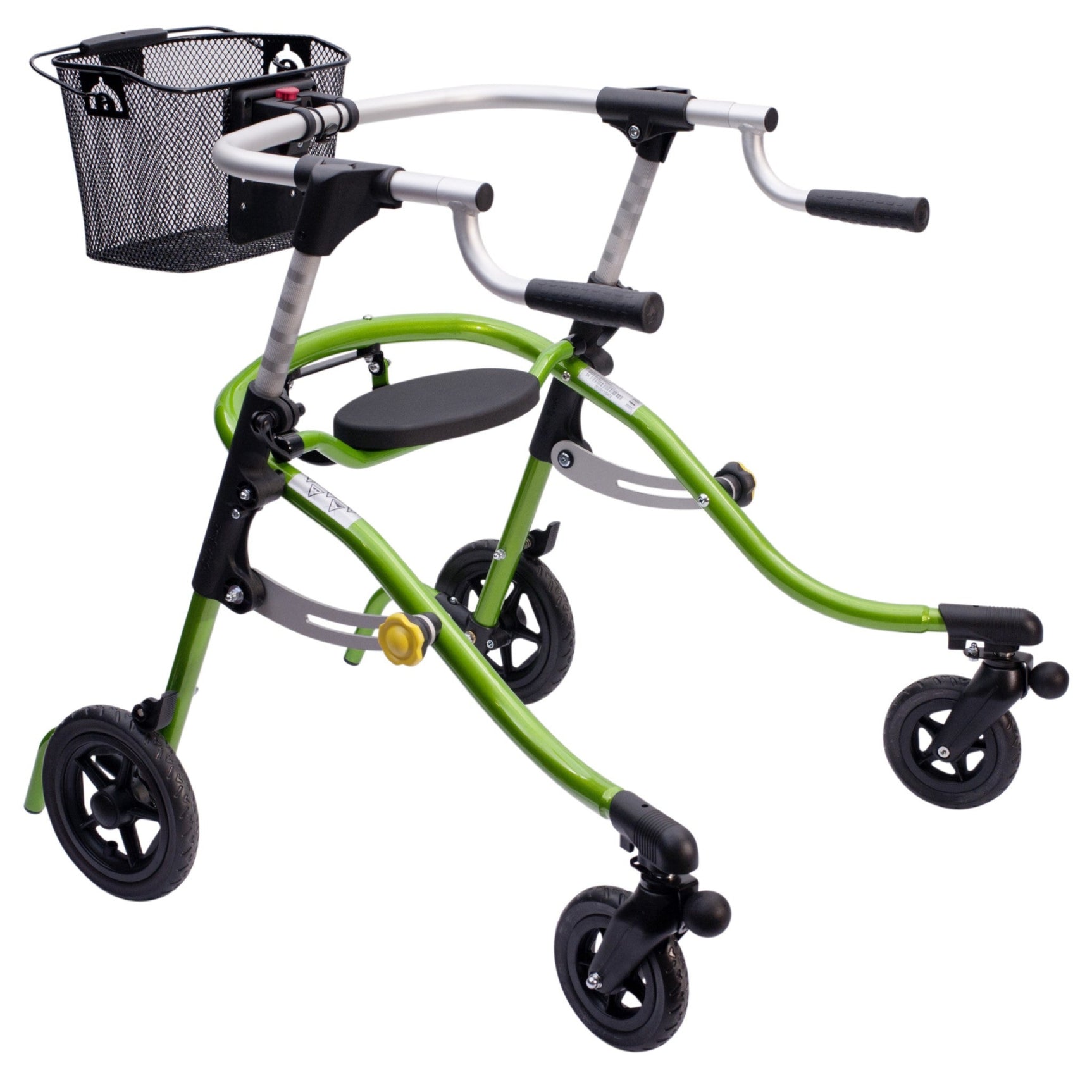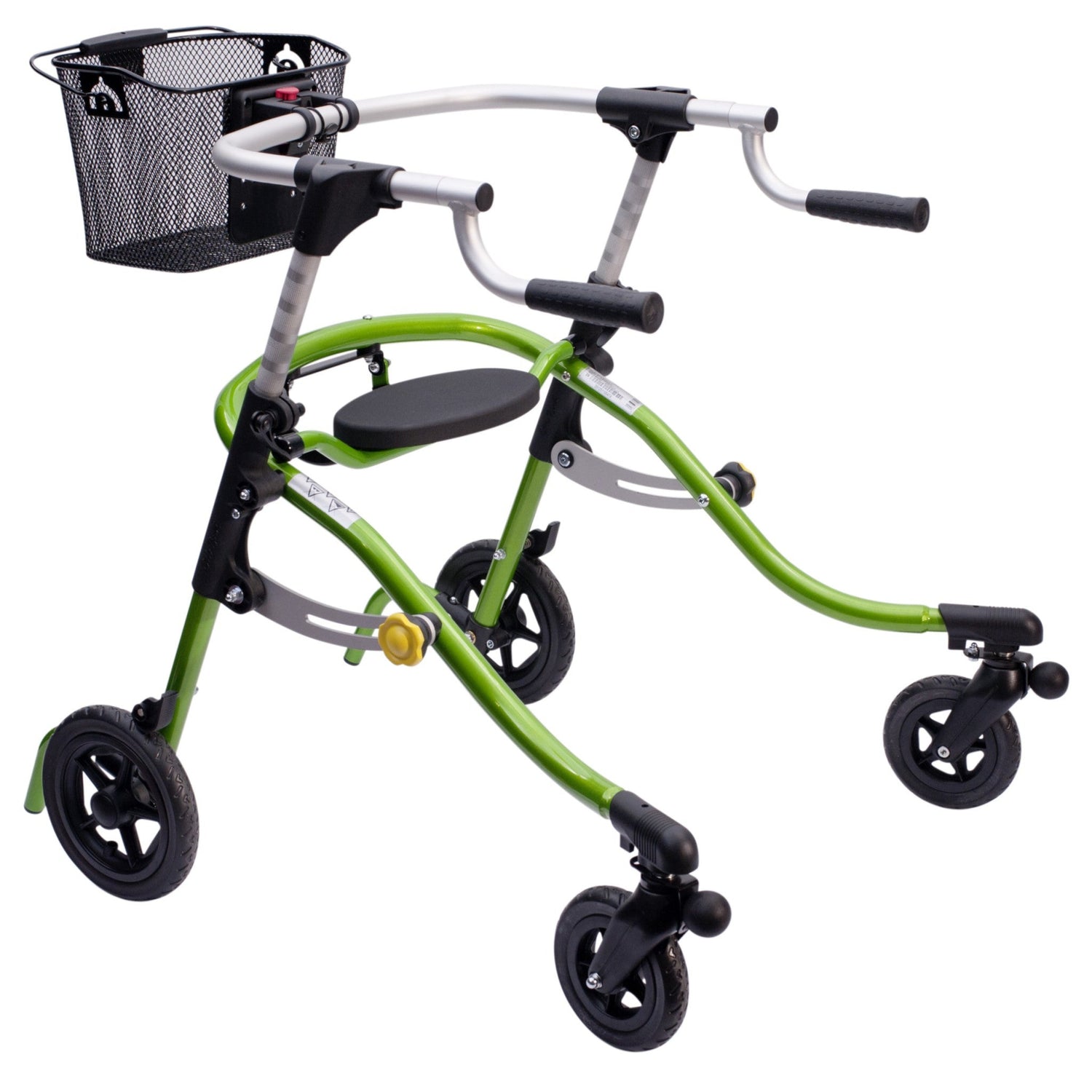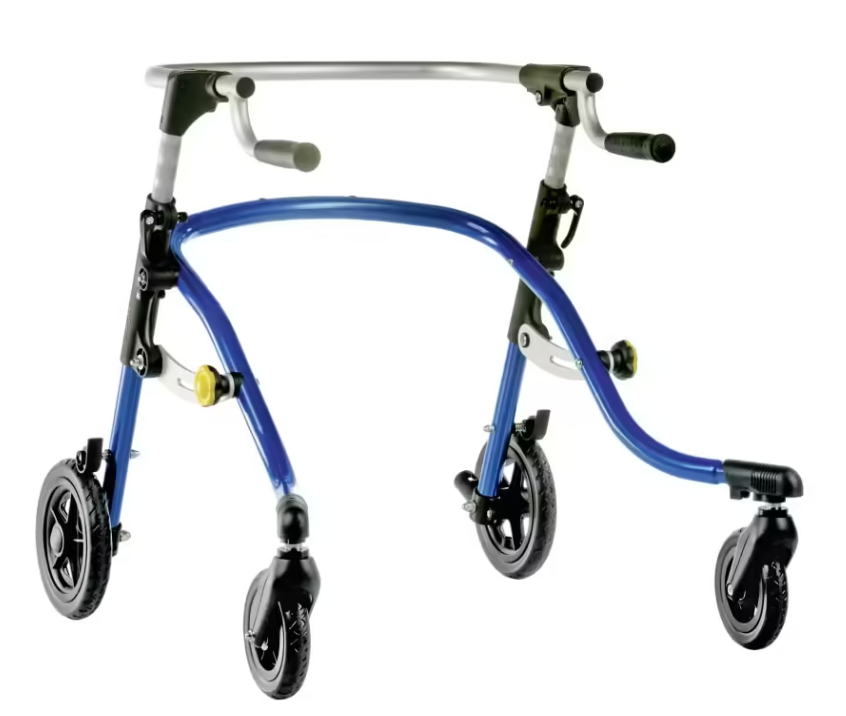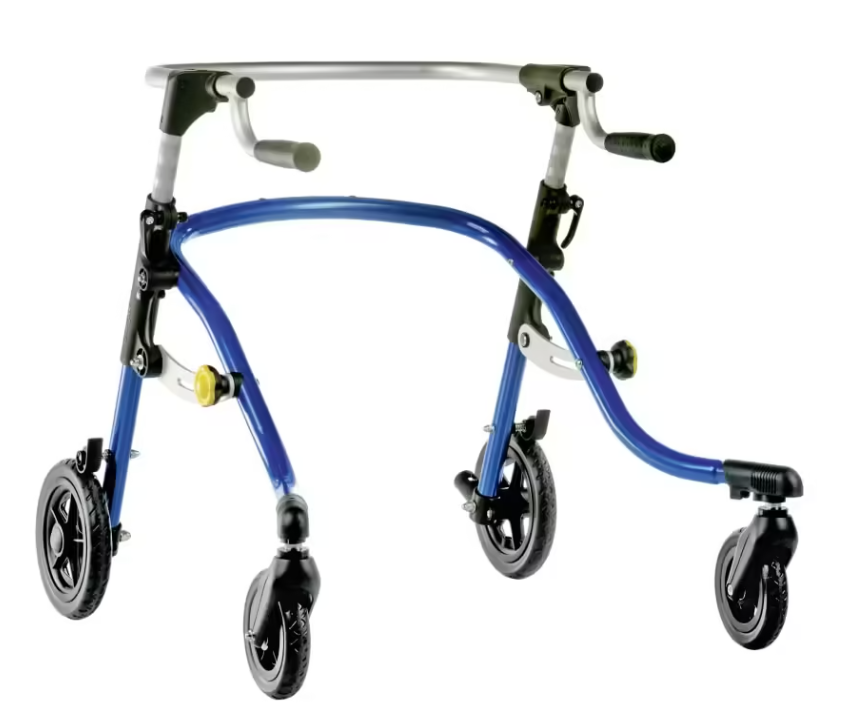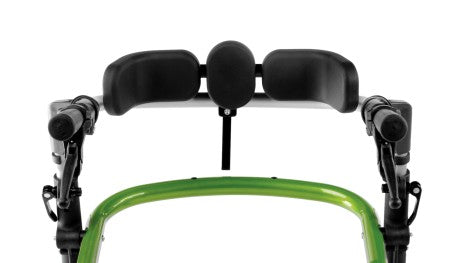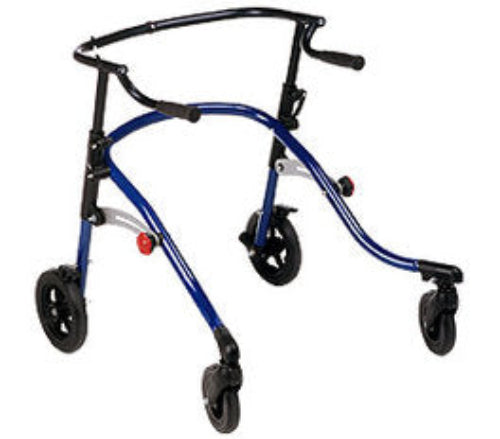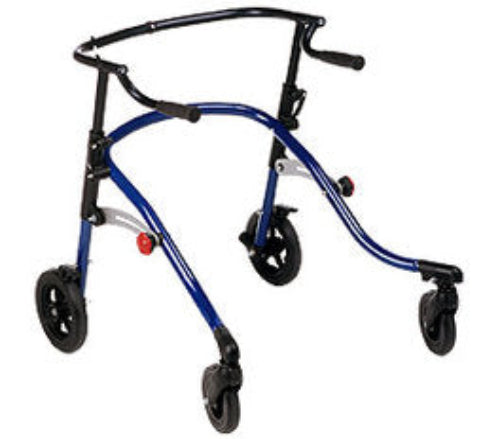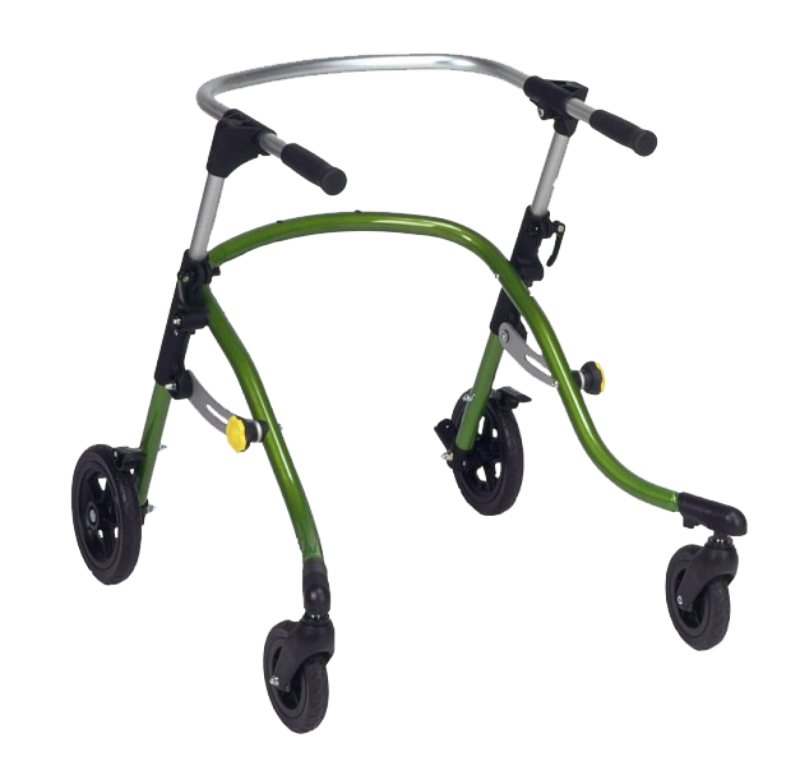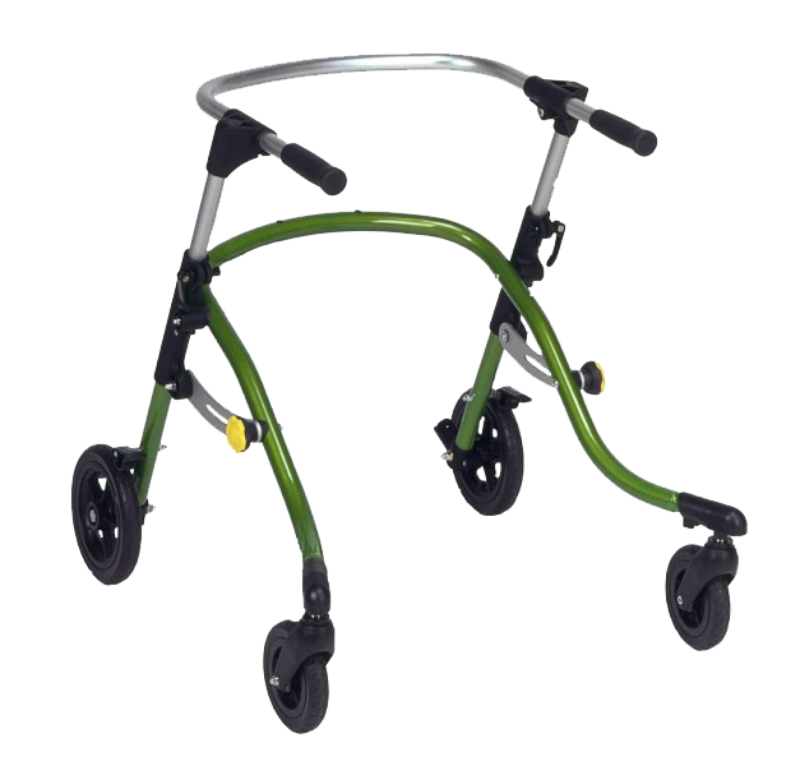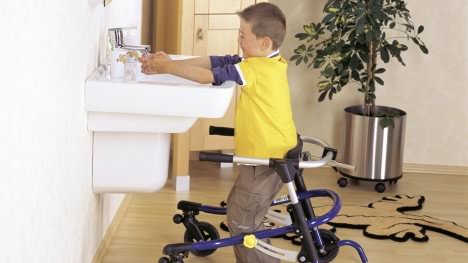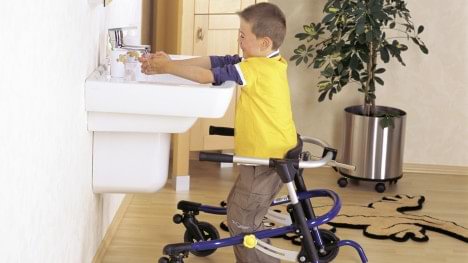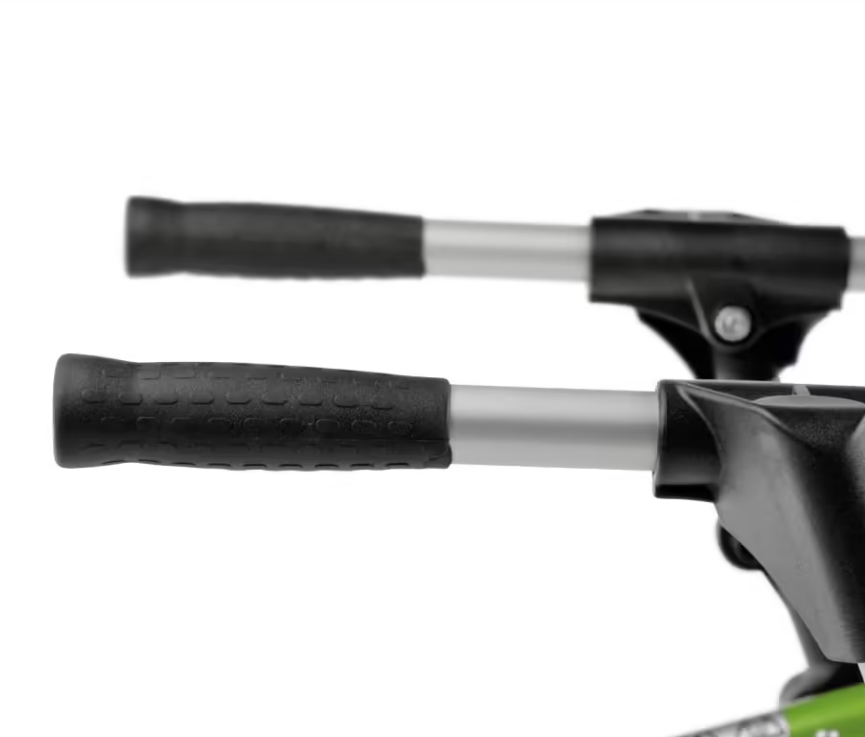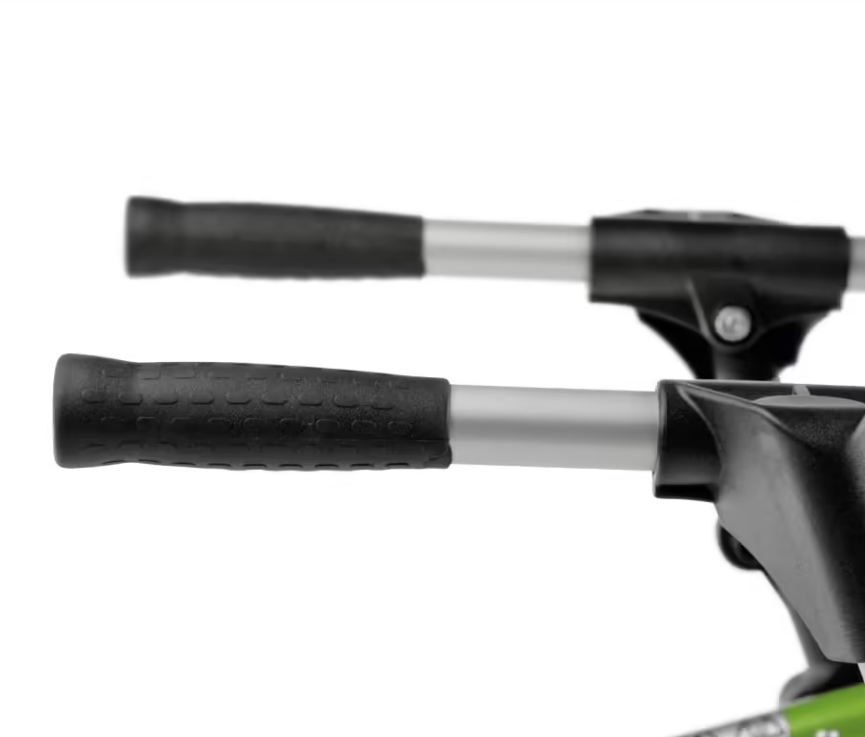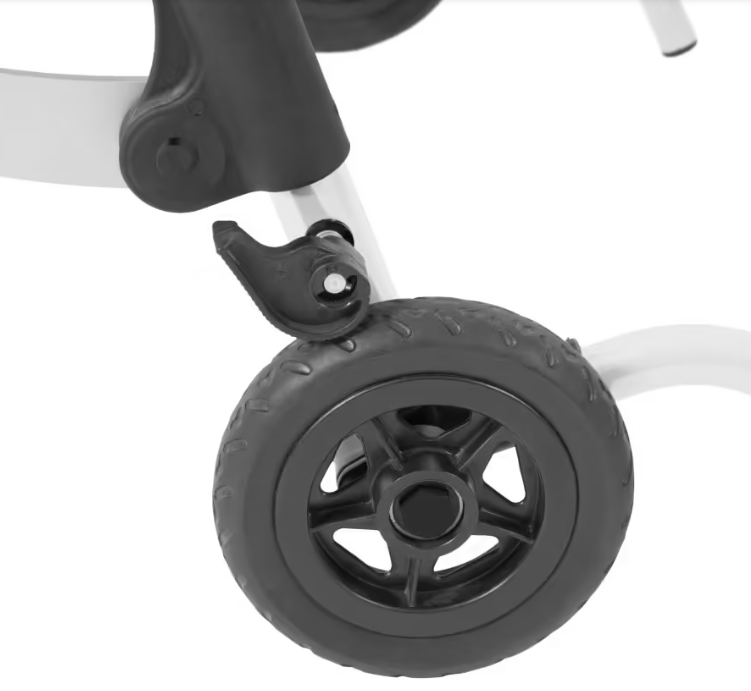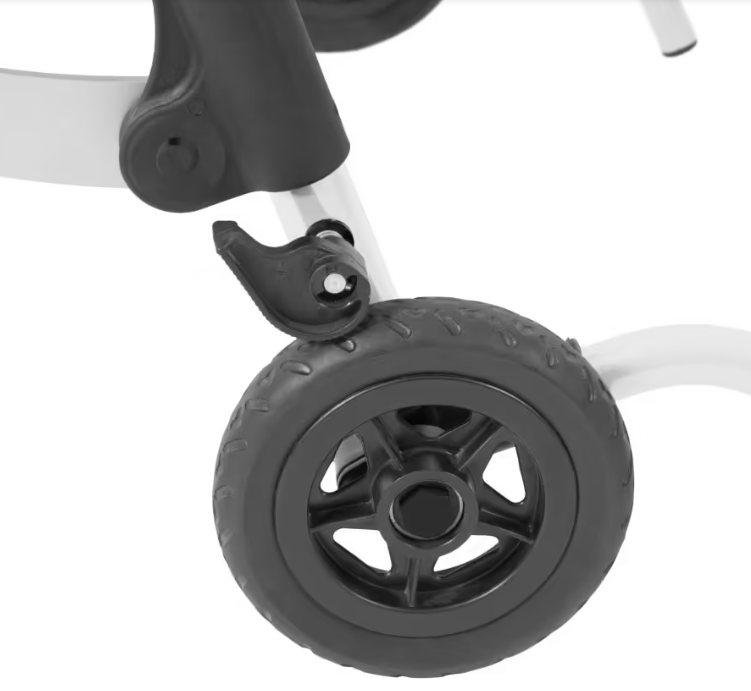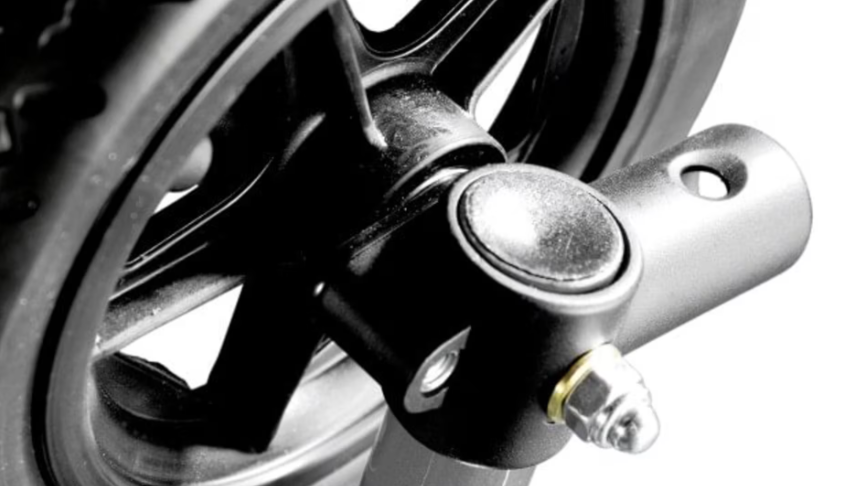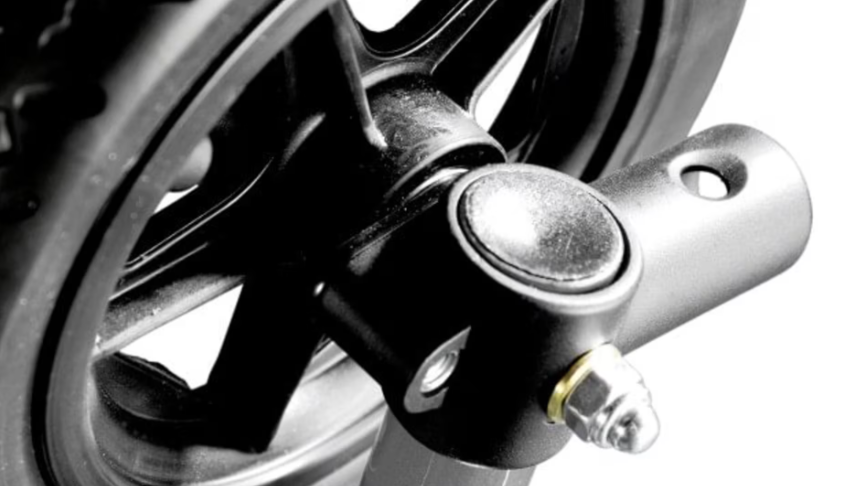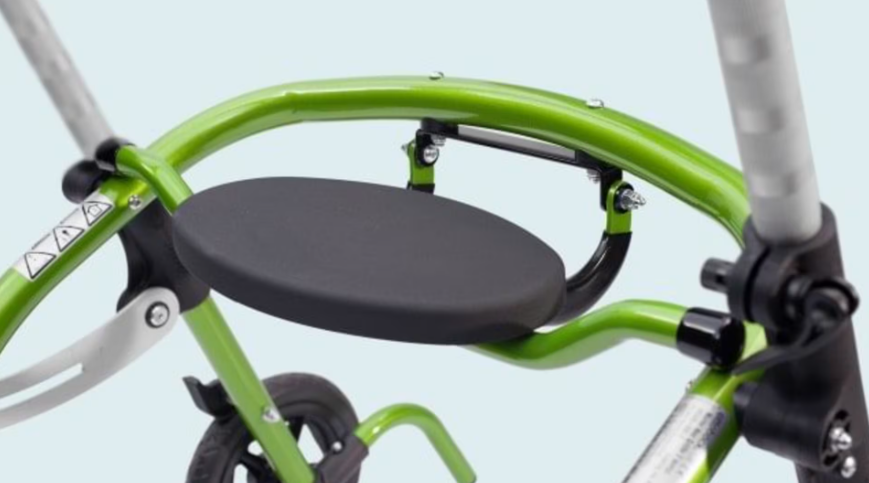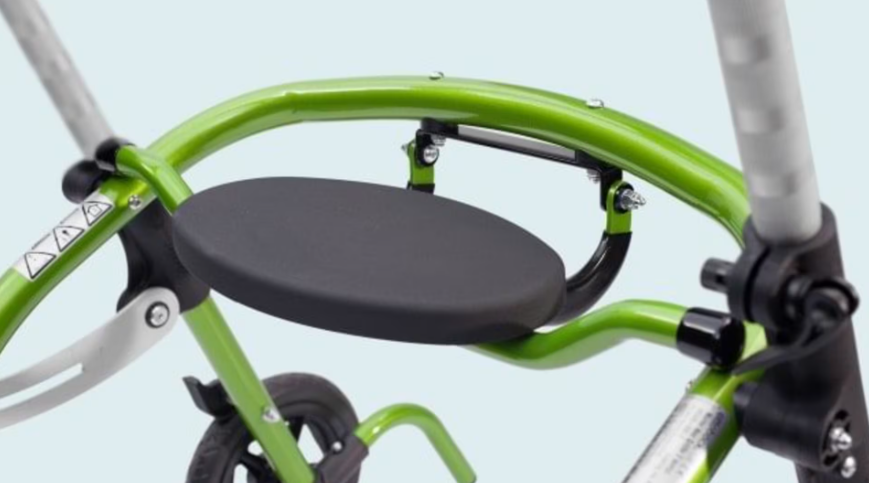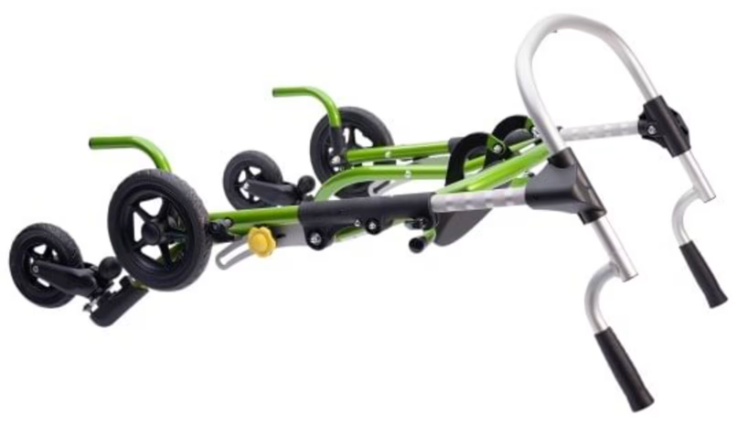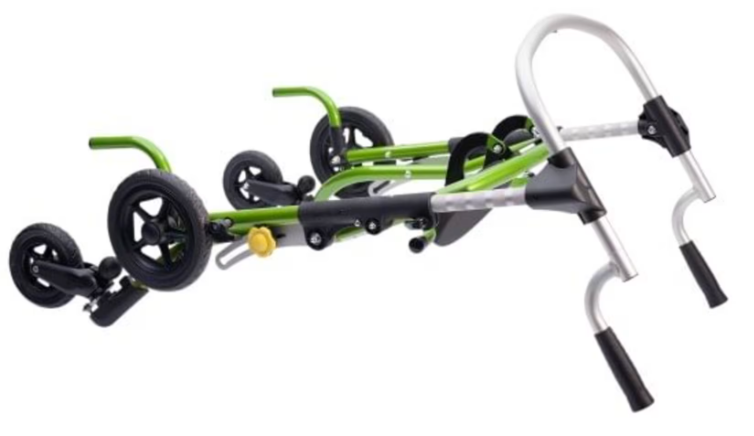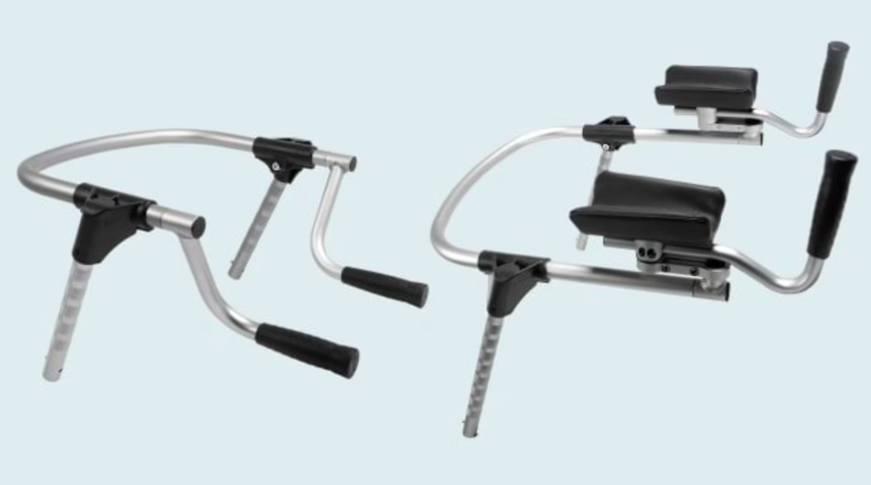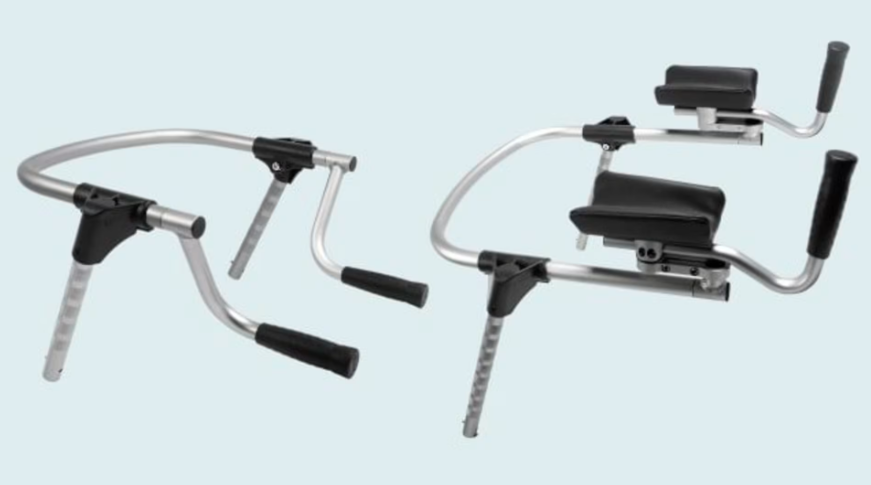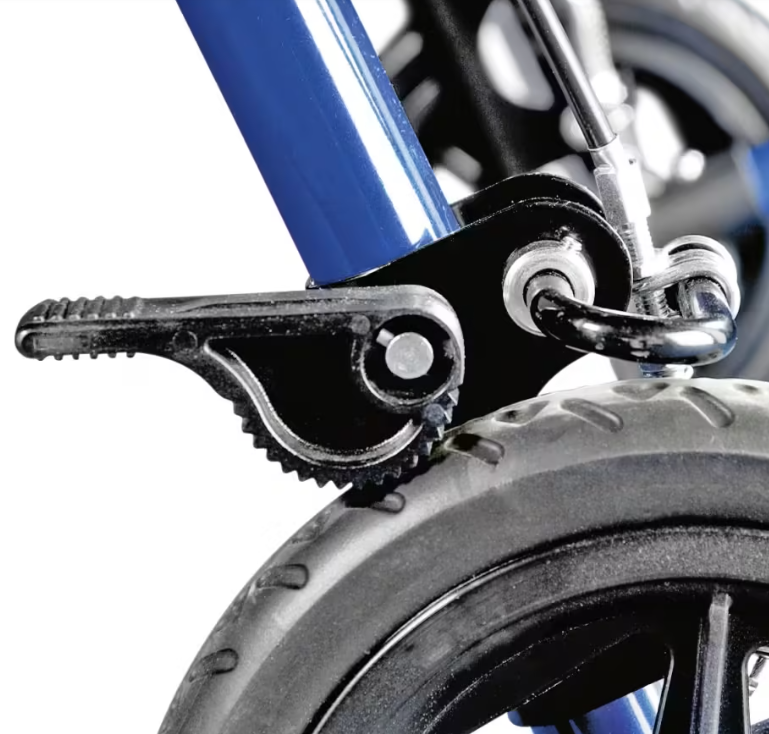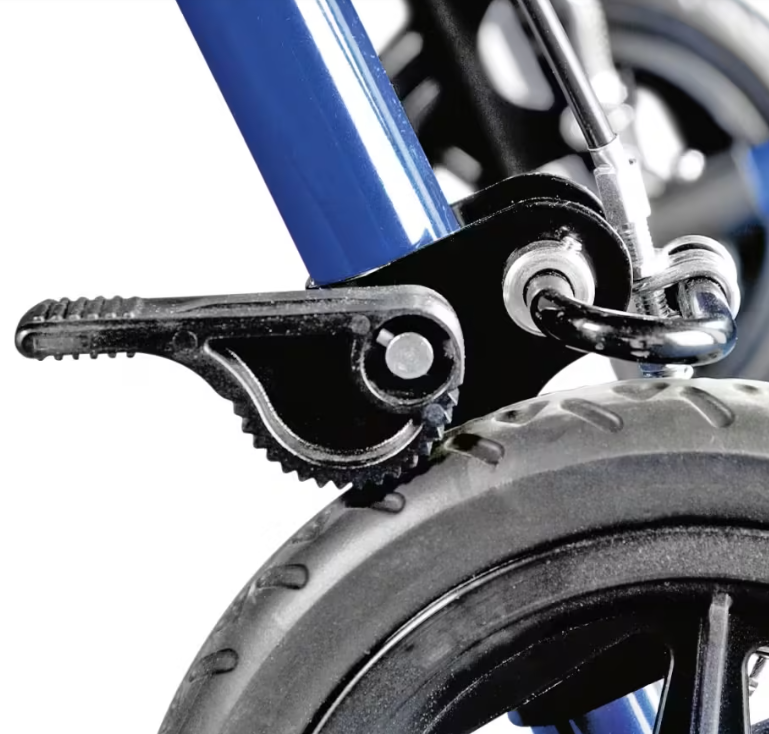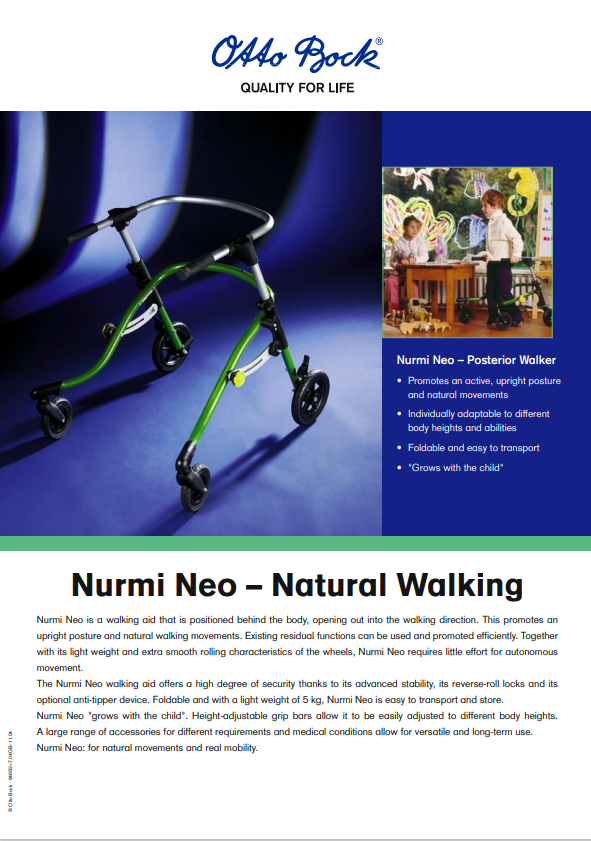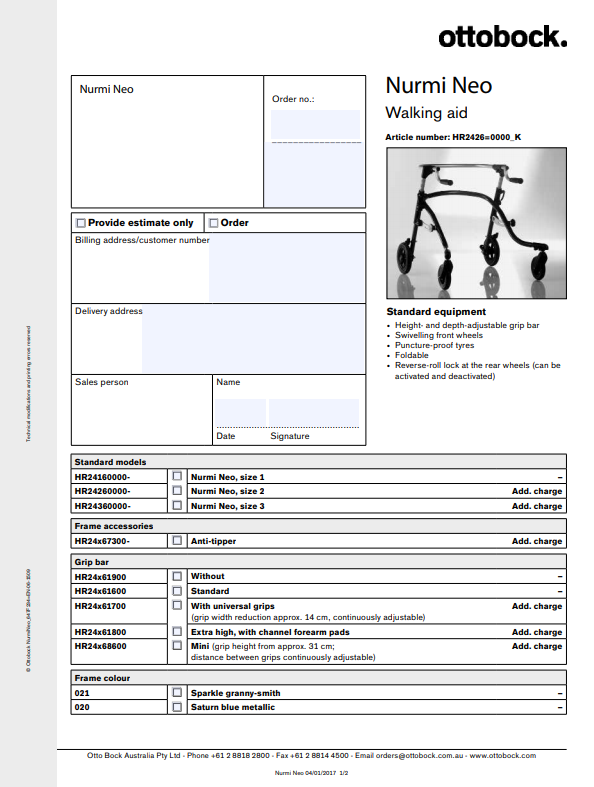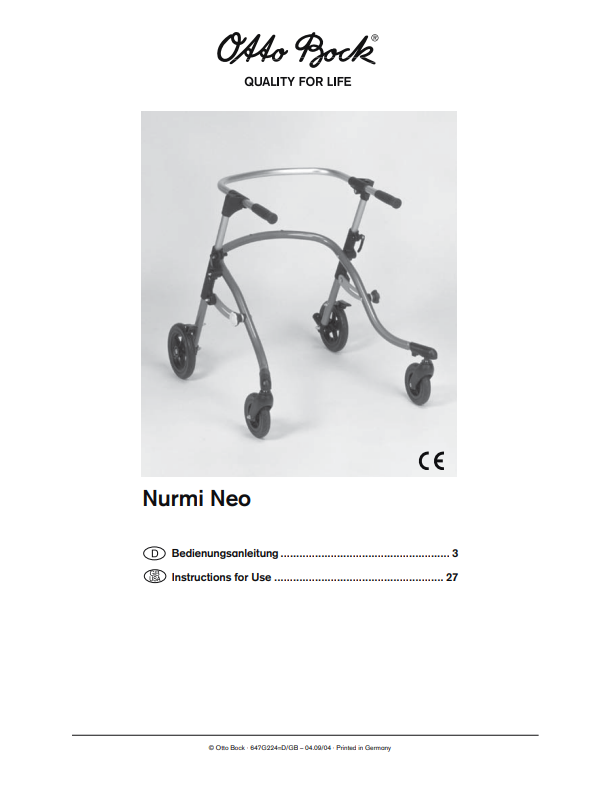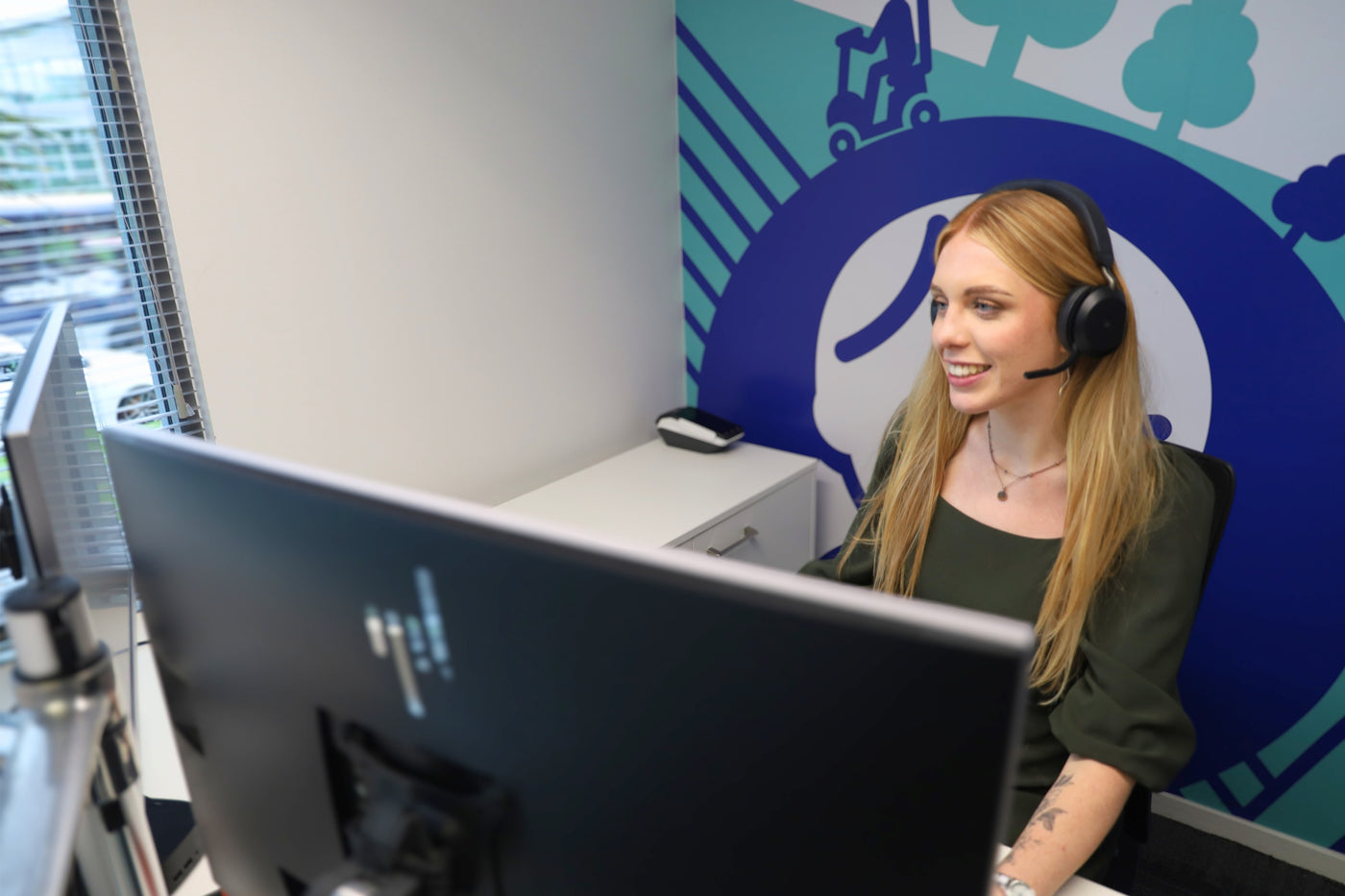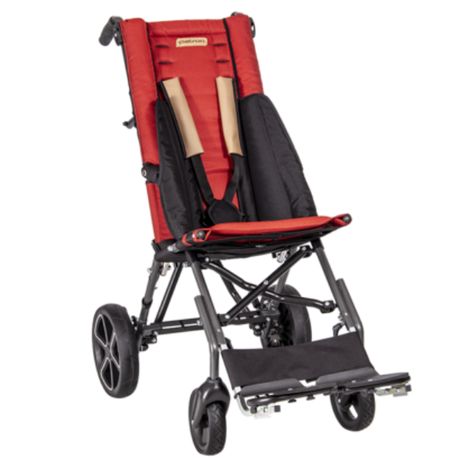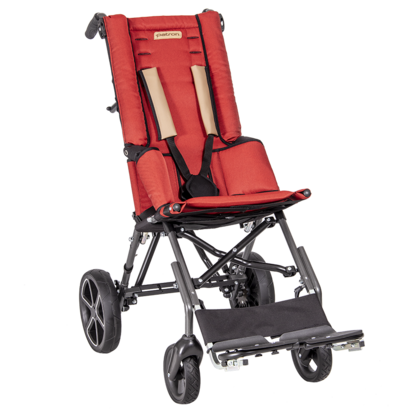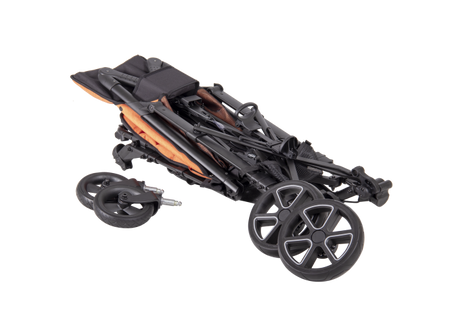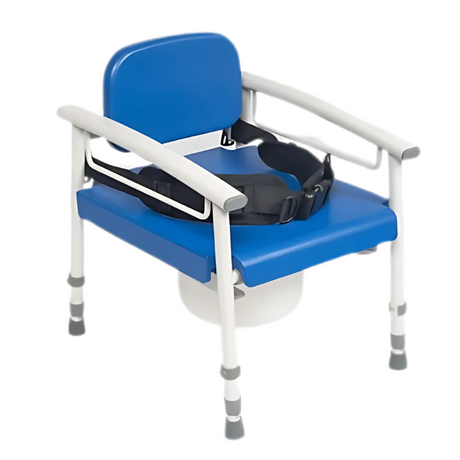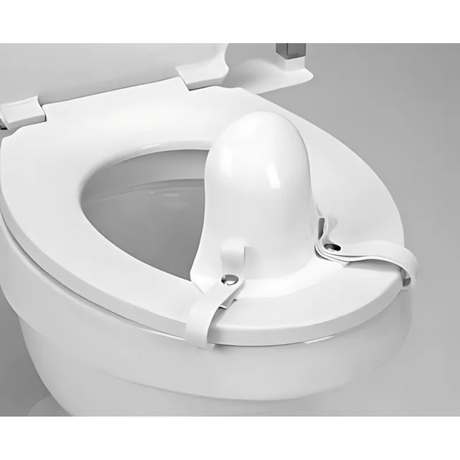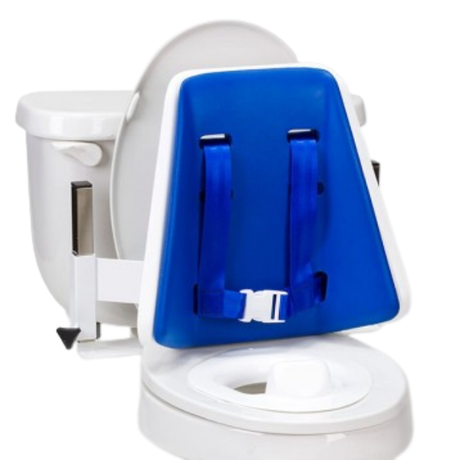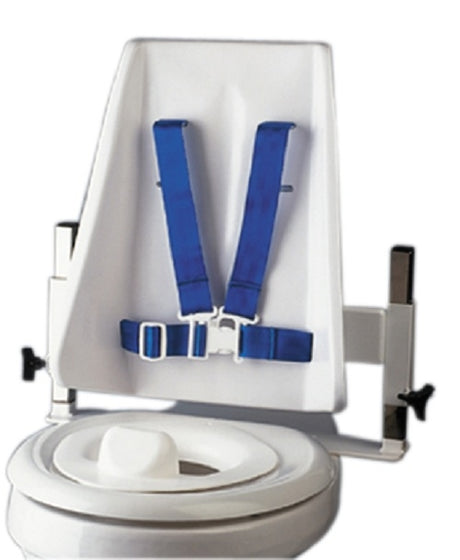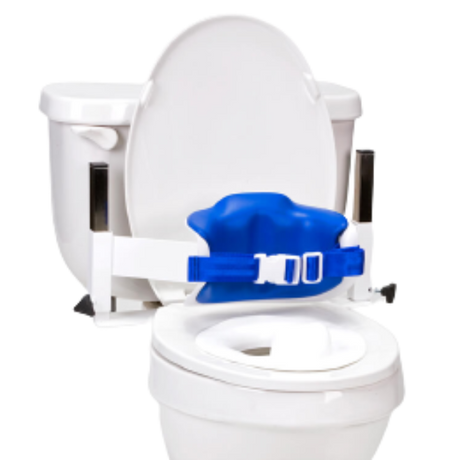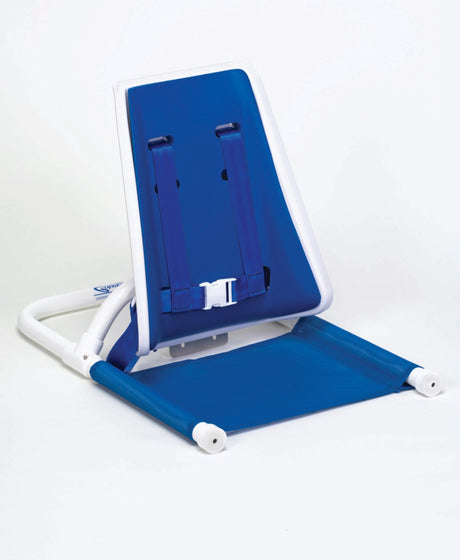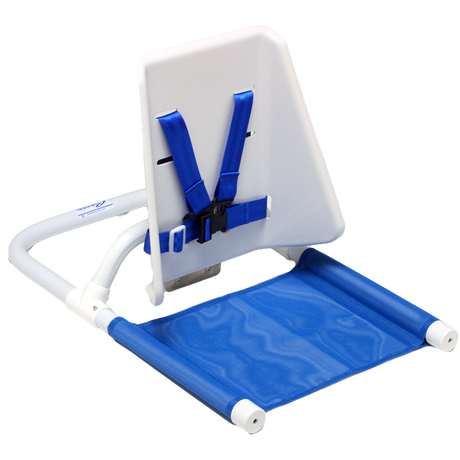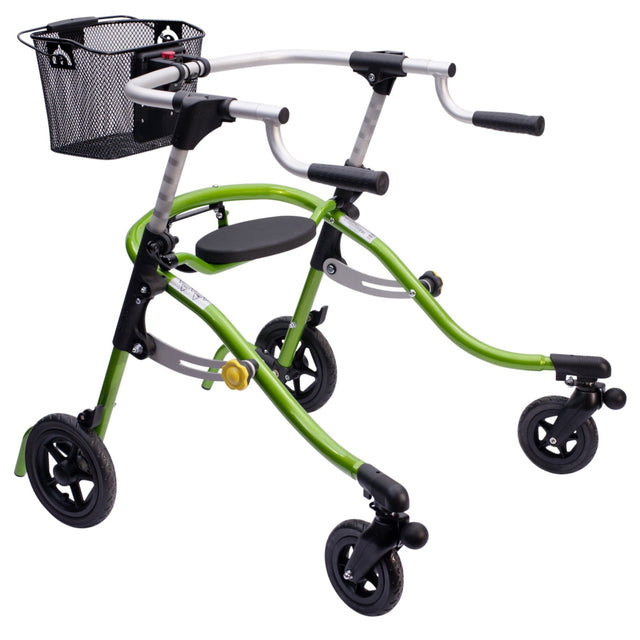Ottobock Nurmi Neo Posterior Walker
A lightweight, foldable posterior walker designed for everyday use. Encourages upright posture and confident mobility in children needing extra support.
Easy Returns Policy
Easy Returns Policy
Worried an item might not be right? Return your purchase in as new condition within 14 days and we will happily exchange the item or provide a refund for the cost of the item including the original shipping fee. Click here to view all returns information.
Online Delivery Rates
Online Delivery Rates
NZ Retail Purchases
$9 NZD flat fee
Free for orders over $500 NZD
AU Retail Purchases
$30 NZD flat fee
Wholesale Purchases
Shipping will be calculated after your purchase and added to your invoice.
Online Delivery Times
Online Delivery Times
Deliveries placed during the week before 2pm*
New Zealand
Auckland: Usually the next day!
Rest of North Island: 2 days
South Island: Approx 3 - 4 days
Rural deliveries can take 1-2 days in addition to the above
Australia
Approx 10 - 15 days
*Approximate timeframes given. Please note that for out-of-stock items and orders placed after 2pm or over the weekend, the shipping timeframes above will apply from the day of dispatch from our warehouse.
Click here to view all delivery and shipping information.
Give Us Feedback
Give Us Feedback
We'd love to hear what you have to say. If you would like to send us some feedback about our website, available products, our team or anything else, please complete our Feedback Form.
If you have a spare minute, we'd also love you to leave us a Google Review.
Funding Information
Funding Information
Click below for information on funding for New Zealanders.
Am I Eligible for Funding?
Self Funding
Description
Description
The Ottobock Nurmi Neo is a paediatric posterior walker that encourages upright posture, natural walking movements, and independent mobility. Ideal for children who can walk but require support with balance or stability, the Nurmi Neo is lightweight, durable, and easy to fold for transport or storage. With three size options and a wide range of customisable accessories, it adapts to the unique needs and preferences of growing children.
Designed to handle everyday life at home, school, or out and about, the Nurmi Neo offers excellent manoeuvrability, safety features such as a reverse-roll lock and optional anti-tippers, and thoughtful touches like a fold-up seat for rest when needed. Its smooth-rolling wheels and posterior design help kids engage more comfortably with the world around them.
Benefits at a Glance:
Going the distance
A lightweight frame with high load capacity makes it easier for your child to move, while you’ll find it simple to fold and carry. Choose from a variety of accessories and colours to suit their personality and needs.
Pick your grip
Three grip options cater to different hand sizes and support needs:
- Universal grips for narrowing grip width
- Mini grip bar for small hands
- Forearm supports with vertical grips that are angle adjustable
When friction is a good thing
Add an optional friction brake to help your child slow down safely while they build confidence with mobility.
Take a seat
The fold-up seat offers a place to rest when needed, then tucks away securely when your child is ready to go again.
Support in the right spot
Pelvic and gluteal pads provide added support and help maintain good positioning during movement.
Good things in a small package
Folds compactly to fit in a car boot, making it a great companion for any adventure, appointment, or outing.
Key Features:
- Posterior frame promotes upright posture and natural gait
- Lightweight aluminium design (5.5–6.5 kg depending on size)
- Swivelling front wheels and large rear wheels
- Reverse-roll lock for added safety
- Optional friction brake and anti-tippers
- Height and depth adjustable grip bars
- Multiple grip bar options including mini and forearm supports
- Optional fold-up seat and storage basket
- Foldable for easy transport
- Available in three sizes (max load: 25–55 kg)
- Turns easily, even in tight spaces
- Grows with your child with height-adjustable components
Please note only selected sizes and colours are available for trial. Please chat with our team or your Technical Product Specialist to confirm availability.
Specifications
Specifications
| Product Size | Size 1 | Size 2 | Size 3 |
| User Weight Limit | 25 kg | 40 kg | 55 kg |
| Total Product Weight | 5.5 kg | 6 kg | 6.5 kg |
| Total Product Width | 630 mm | 680 mm | 720 mm |
| Total Product Length | 650 mm | 760 mm | 830 mm |
| Total Product Height | 240 mm | 240 mm | 240 mm |
| Front Wheel Diameter | 150 mm | 150 mm | 150 mm |
| Rear Wheel Size | 150 mm | 200 mm | 200 mm |
| Seat Height | 300 mm | 450 mm | 480 mm |
| Push Handle Height (Standard Grip Bar) | 450 mm - 570 mm | 580 mm - 720 mm | 640 mm - 780 mm |
| Distance Between Grips (Standard Grip Bar) | 410 mm | 460 mm | 510 mm |
| Push Handle Height (with Universal Grips) | 380 mm - 570 mm | 510 mm - 720 mm | 570 mm - 780 mm |
| Distance Between Grips (with Universal Grips) | 270 mm - 410 mm | 320 mm - 460 mm | 370 mm - 510 mm |
| Push Handle Height (Mini Grip Bar) | 310 mm - 480 mm | 310 mm - 480 mm | 310 mm - 480 mm |
| Distance Between Grips (Mini Grip Bar) | 200 mm - 410 mm | 200 mm - 410 mm | 200 mm - 410 mm |
| Grip Diameter | 30 mm | 30 mm | 30 mm |
| Distance Forearm Supports - Floor | 530 mm - 640 mm | 660 mm - 790 mm | 710 mm - 840 mm |
| Distance Between Forearm Supports (Centre) | 250 mm - 410 mm | 300 mm - 460 mm | 350 mm - 510 mm |
| Forearm Support Width x Length | 70 mm x 160 mm | 70 mm x 210 mm | 70 mm x 210 mm |
| Turning Diameter (without Accessories) | 860 mm | 990 mm | 1060 mm |
| Warranty | 2 years | 2 years | 2 years |


